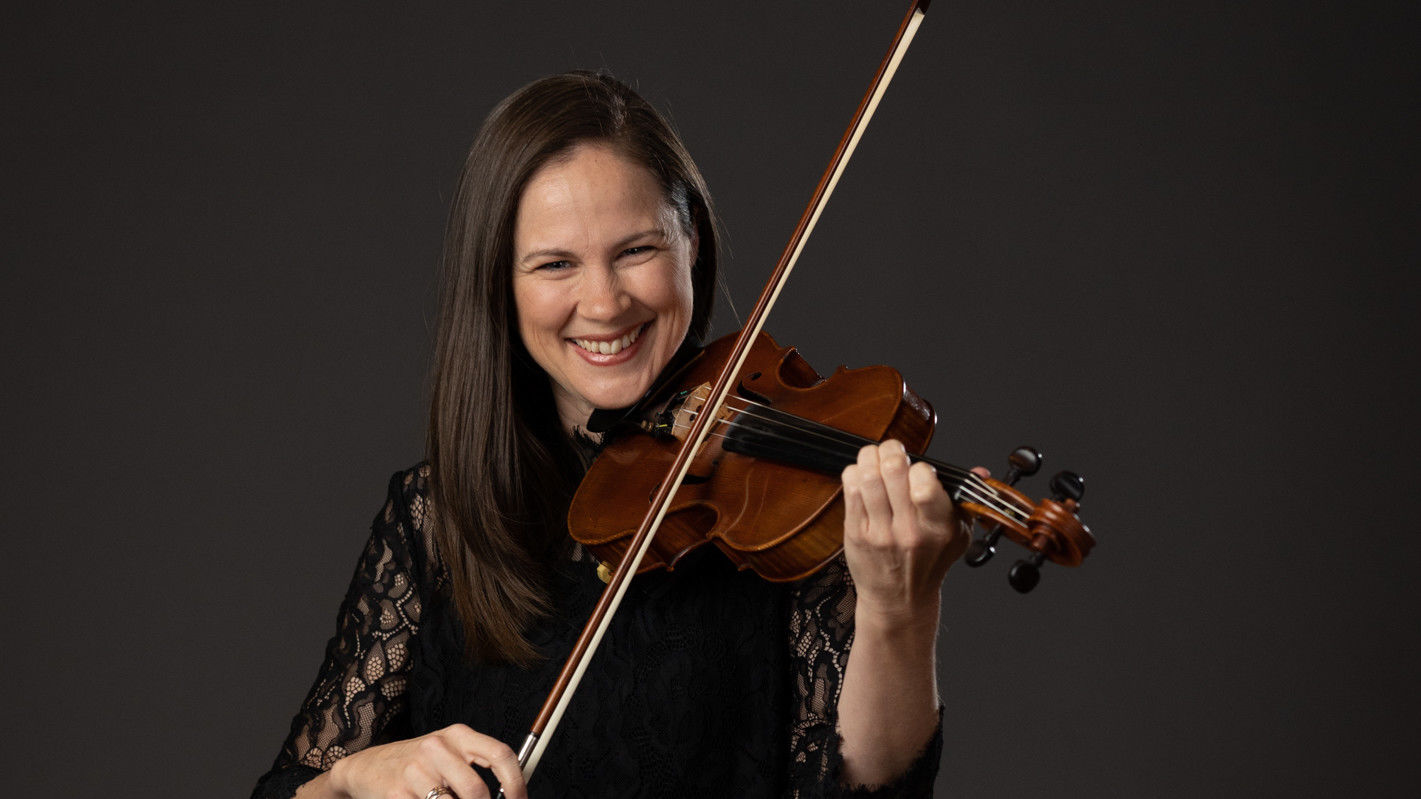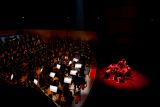A Very Brief History of the Violin
By TJ Wilkshire
Blog ·

From freewheeling fiddle to virtuosic instrument - we track the historical journey of the violin.
As we listen to the masterful violin concertos of Saint-Saëns, Beethoven and Mozart (and marvel at how Ray Chen recorded a solo Bach album in lockdown), we’re pondering the instrument that has delighted classic music for centuries. It’s an instrument that can stand out with a scintillating solo or blend seamlessly into a sea of soothing strings.
#Humble Beginnings
Like most instruments, the violin didn’t come from nowhere – it has slowly evolved into the shape, sound and resonance it has today. How long did it take to develop exactly? The first version of the violin dates back as far as the 9th century but it’s not quite that simple!
The violin, viola and cello all have the same ancestry. The earliest bowed instruments were found in India and China – India’s ravanastorn and China’s erhu were both two-stringed instruments but were played similarly to a cello. However, the mother of all European bowed instruments was the rebab which was developed in the Byzantine era.
From there the rebab spread west and by the 11th and 12th centuries it had become referred to as the fiddle or lira by European writers. The following centuries saw Europe develop two distinct bowed instruments: the lira da braccio and the lira da gamba.
During this time the violin was used as an accompaniment to expand vocal works and it wasn’t until the beginning of the 17th century that the violin started to really hold its own as a solo instrument. For one thing, the bow of this era was highly curved for agility across multiple strings at the same time.
#The Early Makers (and Movers and Shakers)
Most of the influential and sought-after violin makers throughout the centuries were Italian. Italy’s historical tapestry is tightly woven with generations of violin makers that honed the instrument to what it is today.
These crafters had the skill, age and reputation that made them highly sought after. Names like Giuseppe Guarneri, Antonio Stradivari and the Amati, Micheli and Rugeri families are synonymous with the art of violin making. One of the oldest surviving violins dates back to 1564 and was made by Andrea Amati of the prestigious Amati family (though you’ll probably have to take out a lot of insurance to play it).
Not only did craftsman have influence over the violin, composers like Monteverdi, Mozart and Bach contributed to its performance and development. A staple of any violinist’s repertoire are Bach’s violin sonatas – these expressive works are full of technical demands that showcase the instrument in all its glory. Remember that curved bow we mentioned earlier? Many referred to it as ‘the Bach bow’, as his challenging violin compositions ushered in a new style for the solo violin and influenced the shape and make of the bow.
#Why We Love It
The violin’s ability to evoke a landscape of sounds and emotions has made it rightfully a staple in all great symphonies – think of that genius string opening of Beethoven’s Symphony No.9 or Mozart’s thrilling Jupiter Symphony. The way the violin colours and plays with tones also makes this versatile instrument incredible for soloists.



